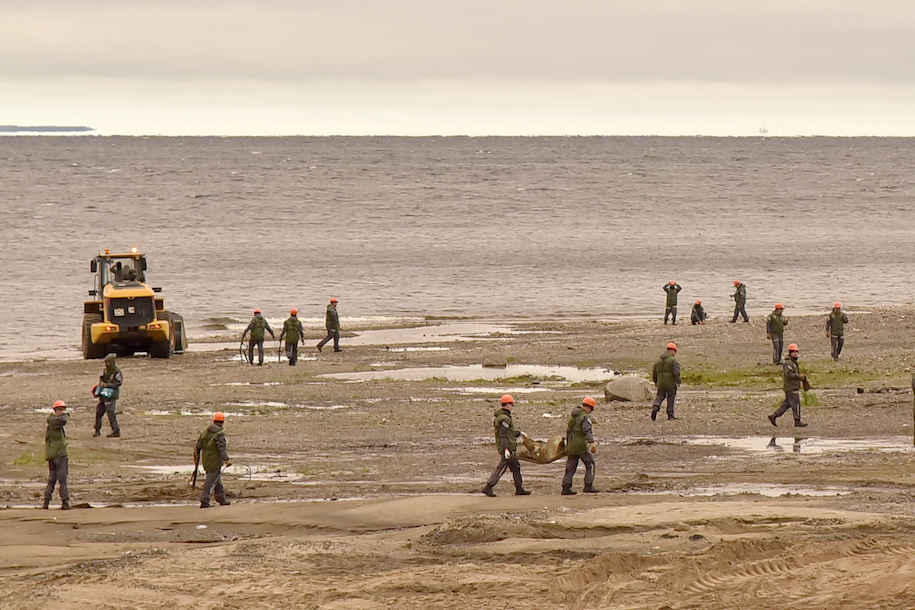ID :
606279
Thu, 08/19/2021 - 12:37
Auther :
Shortlink :
http://m.oananews.org/index.php//node/606279
The shortlink copeid
Great Norilsk Expedition finds no pollution in north of Taimyr Peninsula

MOSCOW, August 17. /TASS/. The Great Norilsk Expedition of the Russian Academy of Sciences’ Siberian Branch did not find external signs of secondary pollution in the north of Taimyr after the flood season, the expedition’s press service said on Tuesday.
"Last year (2020), we examined those areas, and found no pollution there," the press service quoted Denis Sokolov of the Institute of Soil Sciences and Agriculture (the Siberian Branch). "Now, we want to make sure that after the spring flood season and the revegetation, there are no man-made hydrocarbons here. Visually, we do not see anything of the kind here."
The Great Norilsk Expedition has reached the route’s northernmost and most remote destinations. A team of scientists was taken by a helicopter to Lake Pyasino’s north and to the area near the Kresty settlement. The Siberian Branch’s scientists were accommodated in a tent town. For a few days they studied the ecology situation at the Pyasina River source and in the area, where the Dudypta River falls into it. They sampled dozens of kilograms of soils, sediments, and water, and made geo-botanical observations.
In 2021, the expedition participants also pay special attention to analyzing fish resources and the forage base. They collect samples of the bottom mesofauna to analyze most comprehensively conditions in the Norilsk-Pyasino water system. Jointly with representatives of the North’s low-numbered indigenous peoples, the experts continued collecting fish for scientific studies. At a few locations on the Pyasina River, they caught more than 50 whitefishes and pikes. All the samples were eatable.
"Fishing at this part, near the Dudypta River is easy. We fished for a limited time, and still the result was - a few species - whitefish and pikes. The total catch is about 15 kilos. We have not seen any contamination here," said Andrei Kupriyashin of the Krasnoyarsk Science Center’s Institute of Agriculture and Ecology of the Arctic (the Russian Academy of Sciences’ Siberian Branch).
The experts deepfreeze the fish and send it to the Siberian Branch’s special labs for further detailed ichthyology studies.
Second Great Norilsk Expedition
The second Great Norilsk Expedition focuses on water surfaces, soils and sediments, flora and fauna, and the perennially frozen grounds. Over six months, to November or December, the team will move along the Daldykan, Ambarnaya, Pyasina Rivers, Lake Pyasino, and then will continue working at laboratories. The team features scientists from eleven research institutes in Norilsk, Yakutsk, Irkutsk, Krasnoyarsk, Novosibirsk, Tomsk and Barnaul.
In 2020, the Siberian Branch for the first time over recent years and at the invitation of the Norilsk Nickel Company (Nornickel) sent a big scientific expedition to Taimyr. Scientists conducted large-scale studies of the territory and assessed consequences from the fuel spill near Norilsk.
Photo by Denis Kozhevnikov/TASS
Read more





